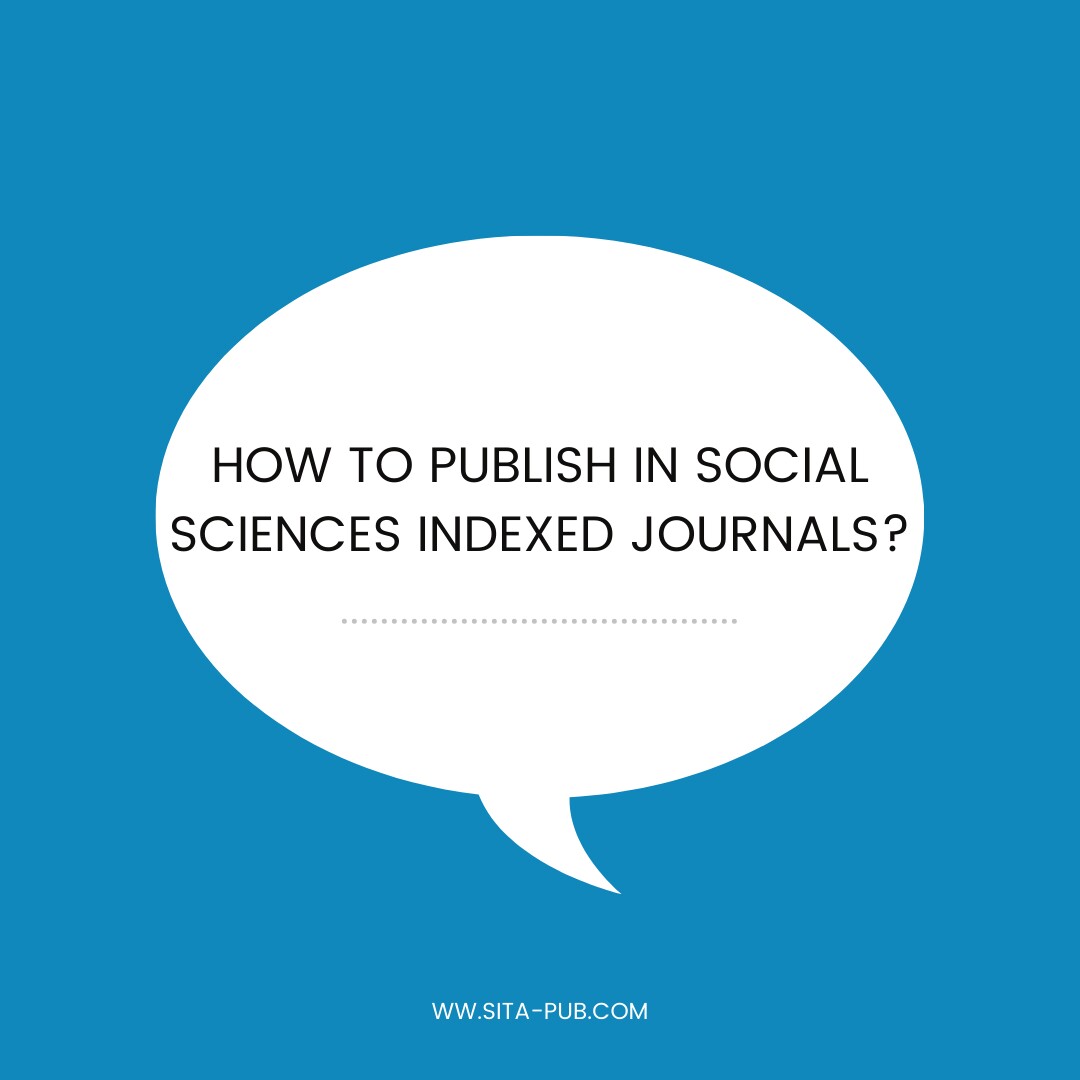How to Publish in Social Sciences Indexed Journals: A Guide


Publishing your research paper in a respected social sciences journal is a significant achievement for any researcher. It demonstrates your contribution to the field, strengthens your academic reputation, and makes your work more visible and influential. However, navigating the publication process, especially for indexed journals, can be challenging. This guide will help you understand the unique aspects of publishing in this field and achieve success.
Social sciences indexed journals are academic publications that have been evaluated and included in reputable databases like Scopus and Web of Science. These databases ensure that the journals meet rigorous standards for quality, originality, and relevance to the field of social sciences. Being indexed signifies that a journal has undergone a thorough review process by experts in the discipline, making it a reliable source of scholarly research. Inclusion in these databases increases a journal's visibility, credibility, and impact within the academic community, making it a desirable publication outlet for social science researchers.
Consider the specific subfield within social sciences your research addresses and the readership of different journals.
While not the sole indicator, impact factor reflects a journal's average number of citations per article, indicating its influence in the field. Choose a journal with an impact factor that aligns with your research goals and the importance of your findings.
Ensure the journal's scope and focus match your research topic and methodology. Look for journals that publish research similar to yours in terms of theoretical frameworks, methods used, and the types of questions addressed.
Decide whether open access publication, where articles are freely available online, aligns with your research dissemination strategy. Open access can increase the reach of your work but may require publication fees.
Ensure the journal employs rigorous peer review, where experts in the field evaluate manuscripts for quality and originality. Look for journals with a reputation for fair and constructive feedback.


Follow the journal's specific formatting guidelines, which may differ from other disciplines. Pay close attention to sections like the abstract, introduction, literature review, methodology, results, discussion, and references.
Clearly articulate the theoretical framework underpinning your research. Social sciences research often builds on existing theories and uses them to interpret findings.
Provide a detailed description of your research methods, including data collection techniques, data analysis procedures, and ethical considerations.
Support your claims with strong evidence from credible sources. Social sciences research often relies on qualitative or quantitative data analysis, surveys, interviews, or archival research.
Highlight the unique contribution your research makes to the existing body of knowledge. Explain how your findings advance understanding, challenge existing assumptions, or suggest new directions for future research.

Once you've chosen a journal, you'll need to format your manuscript according to their specific guidelines. This includes everything from font and spacing to citation style and word count. Pay close attention to the journal's instructions, as they can vary significantly. Once your manuscript is formatted correctly, you can submit it to the journal for review.

After you submit your manuscript, it will be reviewed by experts in the field. These reviewers will assess the quality, originality, and contribution of your work. Be prepared for constructive criticism and revisions. Respond to reviewer feedback professionally and demonstrate your willingness to improve your manuscript.

If your manuscript is accepted after peer review, it will be published in the journal, making your research accessible to a wider audience. This is a significant achievement, marking your contribution to the field and furthering academic discourse.
The publication process can be complex and time-consuming. SITA Academy offers comprehensive publication support services, guiding you through every step of the journey. From journal recommendation and manuscript formatting to navigating the submission process, our team of experts provides personalized assistance to help you achieve your publication goals.
If you have any questions, inquiries, or would like to learn more about our services, please don't hesitate to reach out to us. Our dedicated team is ready to assist you.